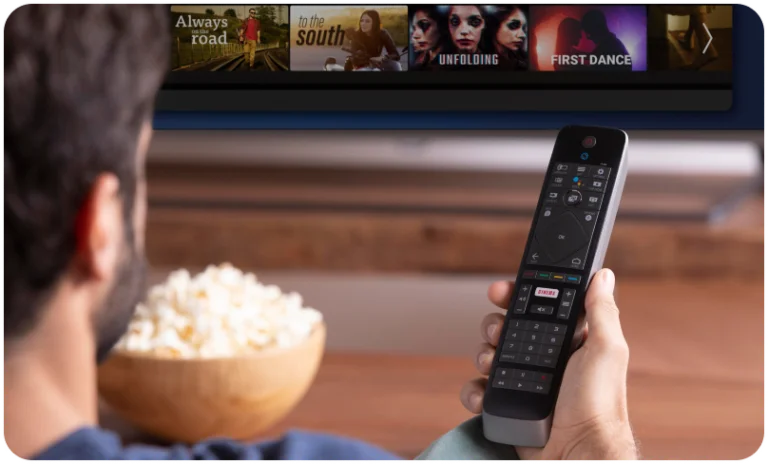New 2024 Case Study on Programmatic Ads - Download

Televisions which use the internet to broadcast programmes through the OTT platforms & apps are called Connected TV (CTV). It is also the name given to any device that connects to a television, or which is already integrated into the TV.
More and more consumers are using CTVs in place of traditional television & cable setups, a practice that is often referred to as cord-cutting, and in fact, CTV is now the quickest growing video advertising platform.
At present, around 20 million households in India have connected TVs, which is equivalent to around 80 million people. This number is set to rise four-fold by 2025. As you can imagine, this has caused advertisers to sit up and pay attention to the possibilities.
There is no doubt that CTV will be a the forefront of next-gen advertising, but what form will it take?

The most obvious way to get in on the next generation of advertising is by purchasing CTV ads on platforms like DisneyPlus and Hulu. This will enable your digital advertising agency to very quickly reach the billions of people who watch VOD annually (circa 3 billion worldwide.)
Some streaming companies sell their CTV ad units themselves, while others employ third parties to do so, which is why it is important that you do your research and focus on how things work in your own specific region.

The most important thing in advertising is being able to rush your target audience. When leveraging CTV advertising, there are a number of ways you can do this, however, contextual targeting is by far the simplest to get started with.
The key to effective CTV contextual targeting is forming a partnership with those companies that have already integrated with the major inventory suppliers. These companies will best be able to leverage their influence in order to deliver valuable contextual data.
Something else you should definitely be leveraging if you are serious about mastering the next-gen of advertising, is cross-device targeting which enables you to choose specific audience segments to see your ads. It can also be used to show follow-on ads to the audience you previously selected to see your original ones.

If you want to master CTV adverting, then you need to be continuously monitoring and analyzing the data that is produced. Historically, this has not been easy due to the fragmented nature of CTV marketing and because there the difficulty that comes with monitoring interactions across devices.
So, what are your options?
Offering instant access to data metrics on many platforms including Roku, you will normally require nothing more than a master service agreement to run CTV ads in this way. However, it should be noted that you will only be able to compare your campaigns against your own metrics, and it’s almost impossible to cross-reference with your own mobile ads too.

Mobile measurement providers (MMPs) offer comprehensive data across all of your marketing channels in a single touch which will give you a better understanding of how your CTV ads are performing.

TV attribution companies will let you see data on each of your CTV campaigns, but you will not be able to compare them with one another easily, and it can be impossible to track which ads on which platforms are bringing your customers in. However, you can track single campaigns well enough and the process is very intuitive.
To find out more about Connected TV advertising, get in touch with Mplan today.

Established in 2015, Mplan a full-service media planning and advertising agency in India. We equip our clients with comprehensive ad inventories across both traditional and digital platforms.
By leveraging Media, Data, Technology, and Commerce, we offer advertising solutions and strategies that empower brands to “Plan Ads Better” ensuring they achieve measurable success.
We use cookies to help our website function properly, for analytics, marketing and to personalise the content you see. By accepting, you agree to the use of all of these cookies.